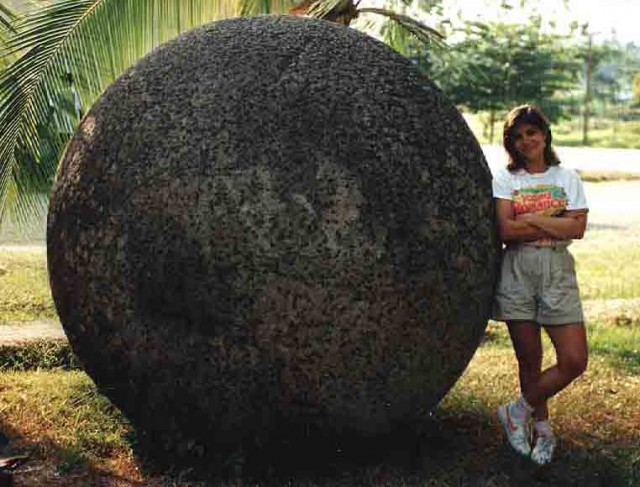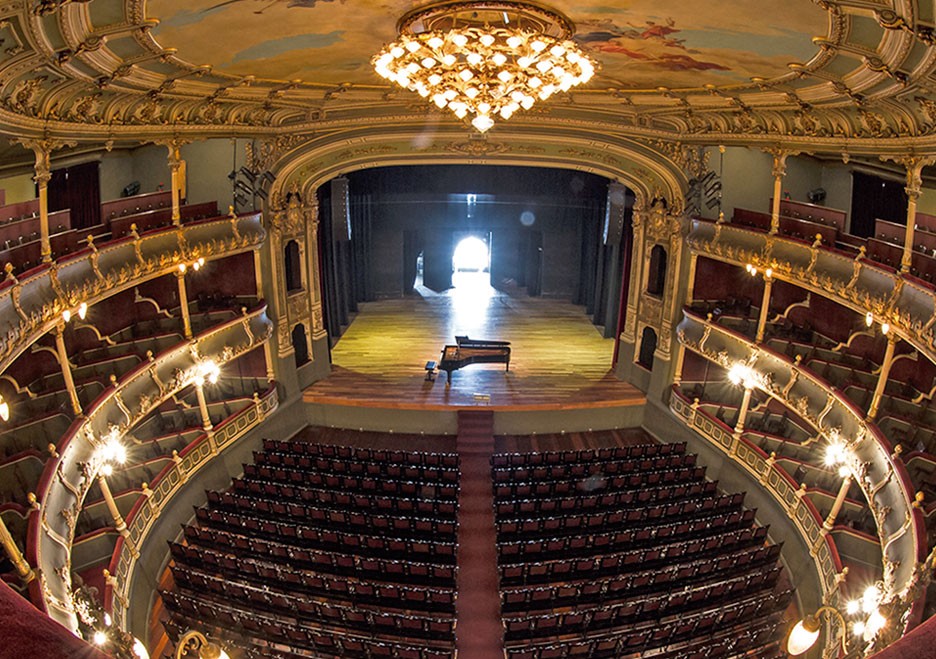The stone spheres, a symbol of pre-Columbian culture and The National Theater
The stone spheres, a symbol of pre-Columbian culture



The National Theater
The National Theater of Costa Rica, located in the city of San José, was declared in April 2018 as a National Symbol of the Historical Architectural Heritage and Cultural Freedom, the law was signed by President Luis Guillermo Solís Rivera on April 5 of the year 2018, said law was approved on February 5 of the same year in the second debate by 40 deputies.
The National Theater was built in the late 19th century. It is considered one of the most important buildings in national history, and the main architectural gem of the city of San José. Its construction has a deep meaning given that it represents the Costa Rican decision when taking action and the economic stability (brought by the coffee harvest1) and politics of the time in which it was built.
It has a Renaissance architecture in a neoclassical style, with marbles brought from Italy. It houses invaluable works of art made by Italian masters, such as the sculptures of Fame, Music, Dance, Comedy and Tragedy, as well as the first marble sculpture carved by a Costa Rican, "The Heroes of Misery" by Juan Ramón Bonilla. The walls and ceiling are decorated by paintings made by European artists, highlighting the "Allegory of Coffee and Bananas", by the Italian Aleardo Villa.



Comentarios
Publicar un comentario